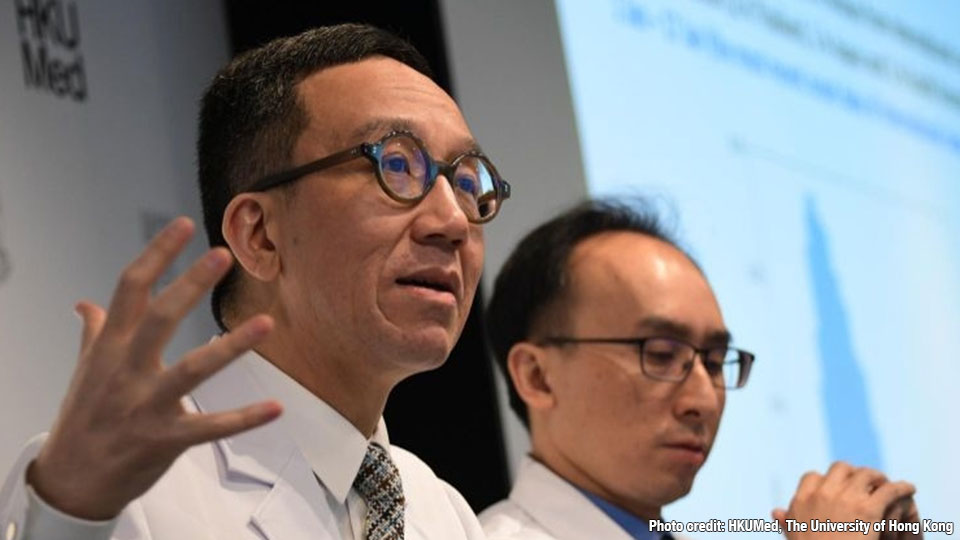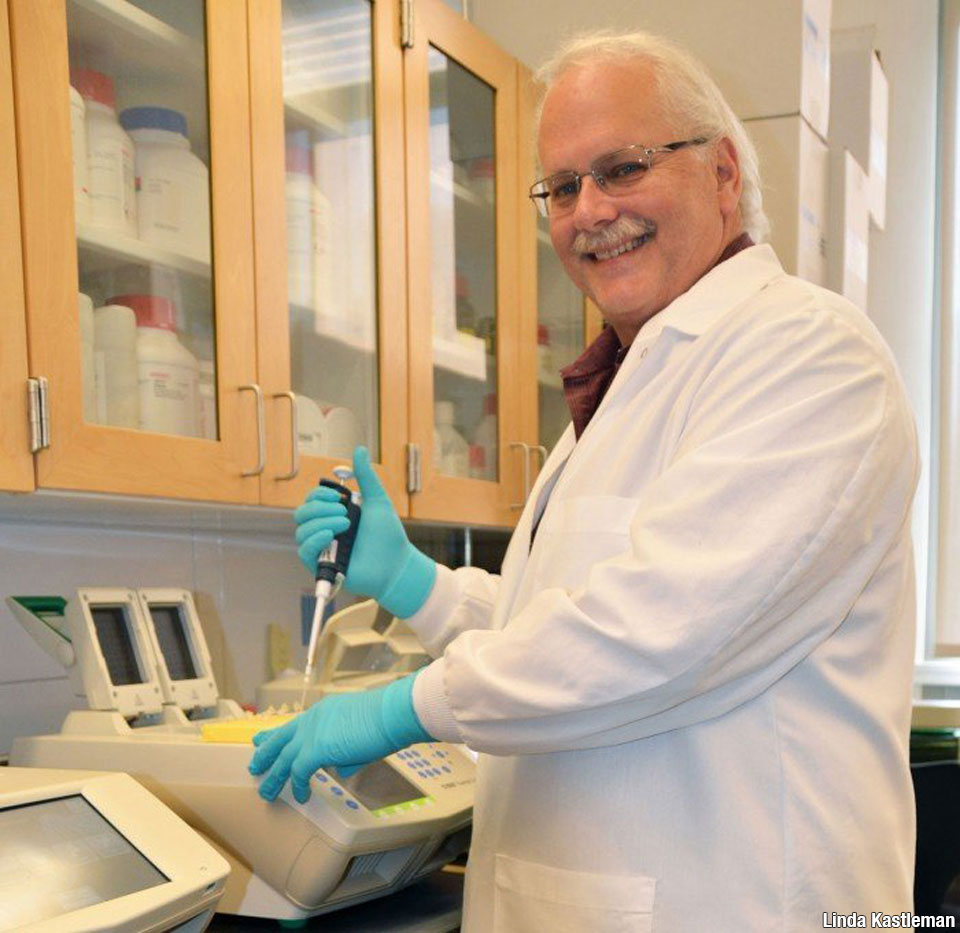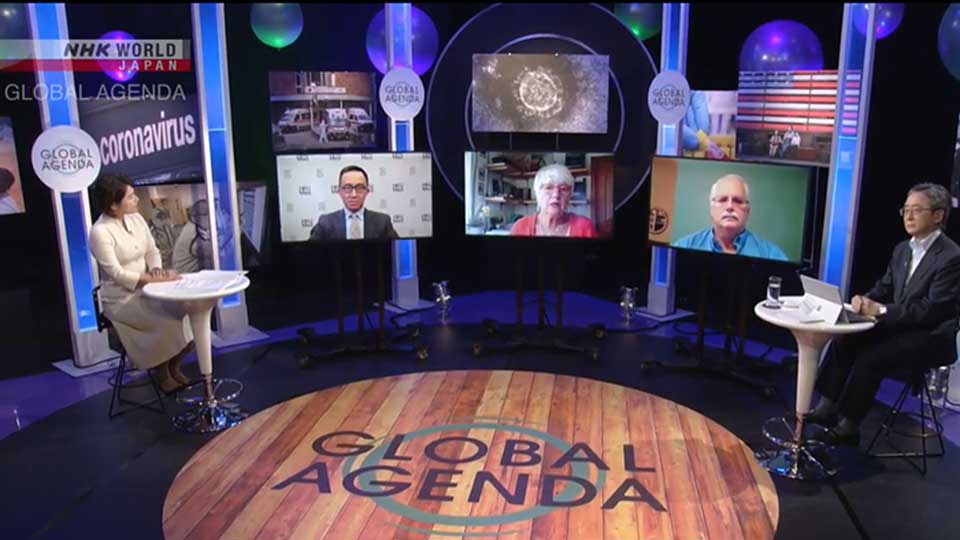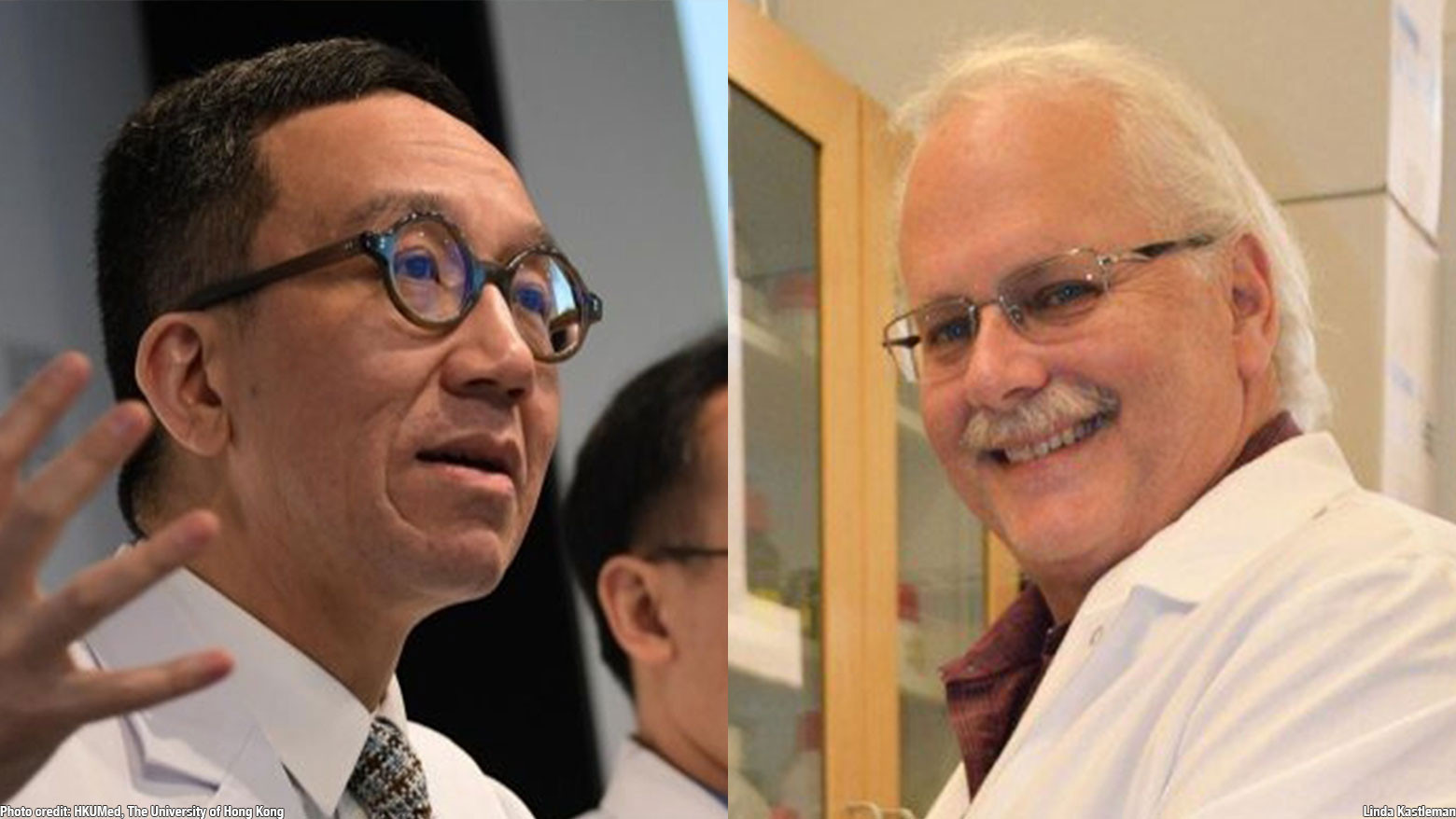Even as the coronavirus pandemic continues to build momentum worldwide, many communities are reopening. School is back, sporting fixtures are going ahead and life is returning to a new kind of normal. The global economy has already taken a huge hit with government leaders reticent to impose new rounds of lockdowns.
Against that backdrop, NHK World asked two global experts what to expect during the cooler season ahead. Professor Gabriel Leung, Dean of Medicine and Chair of Public Health Medicine at the University of Hong Kong, is one of Asia’s leading epidemiologists. Distinguished Professor Ralph Baric from the University of North Carolina at Chapel Hill, is a world-class virologist who has been dubbed “the Corona Hunter”
(This interview was conducted on September 21. The text is edited for brevity.)
New scientific knowledge about COVID-19
EBARA MIKI: What have you discovered about the novel coronavirus in recent months?
GABRIEL LEUNG: We know for sure that the pre-symptomatic or asymptomatic spread of COVID-19 is real. Studies have revealed that up to 40% of all infections take place before the person shows any symptoms. Another piece of work that we completed recently is that COVID-19 likes to cluster. There is this tendency to have clumps of infections, where about 20% of cases would spread it and be responsible for 80% of the total case burden. Given these tendencies, you need to prepare yourselves well for autumn and winter, especially in settings that would give rise to these cluster effects.

RALPH BARIC: In terms of the biology of infection, we now recognise that a virus infection can result in dysregulated coagulopathies. It means that you can have microthrombi or the breaking down of those clots. You can throw clots into the heart or the brain resulting in strokes or heart attacks and sudden death, which was a new feature of coronavirus pathogenesis that’s been recognised during this pandemic.
The other major biological discovery that impacts perception is that it is not only the elderly that are suffering from severe diseases and deaths, but a large number of individuals regardless of age are falling into this category called long-haulers. Long-haulers means they become infected, they clear the infection but there is serious chronic disease manifestations and damage in the lung that is impacting quality of life, the ability to walk, exercise, get back to work, and this can last for months. There’s a growing recognition that chronic lung manifestations including pulmonary fibrosis may be emerging in patients who did not experience life-threatening illness. And so that basically means that regardless of age, you really need to be careful about this pathogen.
EBARA: So even if you are young and healthy, you should not be complacent.
Where do you see risks as large sporting events get underway, and universities reopen?
BARIC: The Sturgis biker rally (held in South Dakota in August) is a good example. Tens of thousands of people attended that rally. Many were not wearing masks. The modelling of the data from that event indicates that as many as 200,000 have now been infected from the consequence of that event.

Opening universities is going to have a dramatic impact. There are 4,000 universities in the United States. They employ about four million people, with 20 million students attending. Almost every single university that brought students back and opened up classes immediately saw a spike in cases. Many students who are found to be infected are being sent home, possibly to infect their parents or grandparents. So a great uptick in the number of cases is expected as a result of this.
Prospects for a vaccine
EBARA: Professor Baric, you have been researching coronaviruses for over 30 years, and your work led the development of Remdesivir, the only FDA-approved drug to treat COVID-19 patients. (Remdesivir is a broad-spectrum antiviral medication.) What are the prospects for a vaccine now?

BARIC: In the US, there are eight vaccines that have been identified as part of what’s called Operation Warp Speed. Phase three trials started for Moderna, Pfizer, Janssen and AstraZeneca in August. Right about now many of the volunteers are receiving their second boost of the vaccine, and they begin collecting data in about two weeks. In general, you need somewhere between 200-300 infections to be able to have good data, in terms of the protective efficacy of the vaccine in adult populations.
It’s important to say that because you require much longer screening before you can identify what efficacy might be in the more vulnerable populations like the elderly, diabetics and other individuals who are at increased risk for disease. And the vaccines are not being tested in children, so we have no idea of the efficacy for them.
The first indications of vaccine efficacy should start coming in November-December. Then, the second question is how does the weighting of the response impact vaccine efficacy and performance?
As the immune response to the vaccine drops over a function of time, the possibility for adverse vaccine reactions to emerge becomes higher, so you really won’t have a good signature on the durability of the response and the potential for adverse reactions until spring 2021.
EBARA: Prof. Leung, is there any information you’d like to add?
LEUNG: Let me just add that a vaccine, at least the first generation, may or may not bring a final resolution. Even if we have a safe and effective vaccine that is accessible by all peoples around the world, they may not completely stop transmission as opposed to reducing disease severity.
Lessons from the past six months
EBARA: Hong Kong has been hit by new waves of infection that have resulted in the deaths of more than 100 people. What factors caused the resurgence?
LEUNG: If you look at the origins of our so-called third wave, there were a few loopholes regarding exempted persons who were inbound travellers, mostly air crew and sea crew. Hong Kong, as an international transport hub, receives a lot of these people, even though the volume of traffic, both by air and by sea, has dropped by well over 90 or 95%. The initial imported seeds slipped through the net at the border and then came into the general community and seeded this outbreak. Unfortunately, the first local cases were focused around nursing homes, and so once they go in, the so-called attack rate, that is the proportion of people who would eventually be infected in an institutionalised setting like a nursing home, could go up to as high as 80, 90%. Given that, almost 90% of the just over 100 deaths recorded are from the third wave, and all of them are over 60 years old.
We have to be extremely careful about the almost inevitable fourth wave, supposedly in the autumn or winter, that we don’t let institutionalised older people become susceptible to this, and we have to shield them proactively. That’s a very hard lesson that we’ve learned.

EBARA: What can we draw from the US experience?
BARIC: The US has struggled on several fronts including leadership, the implementation of science-based decision-making in controlling the pandemic. The fundamental problem is that there’s a mixed message that’s been given to the American public in terms of the seriousness of the disease and the impact of the disease on populations. Those mixed messages have resulted in a divided response across the country, and a divided response in the middle of a pandemic means that you don’t control the pandemic.
The health care system is broken into 50 states. Many states are not working in a coordinated fashion, allowing the virus to spread, cause focal outbreaks in one location of the country, followed by implementation of mitigation strategies which suppress the numbers of infections and then followed by a spike in cases elsewhere in the country.
In truth, as a nation, we were not prepared to implement appropriate protective measures, especially in many workplace environments, including restaurants and opening up bars. This led to massive outbreaks in places like Florida, Texas and elsewhere, followed by outbreaks in many other states that then resulted in additional rounds of restrictions and closing down workplaces. We’ve tried different things. In general, it’s been a difficult time.

